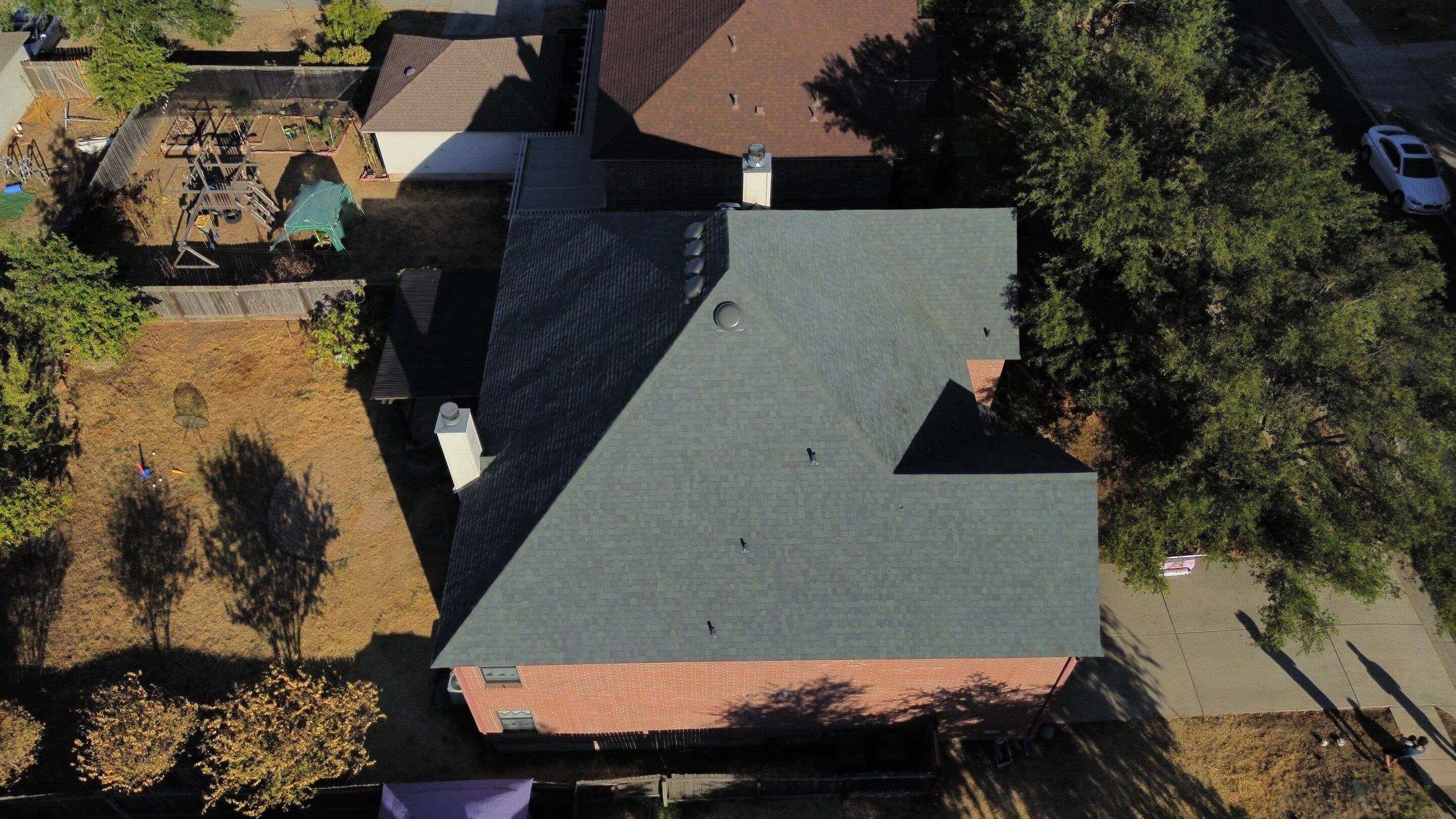
Understanding Roof Vents
When it comes to maintaining a healthy and efficient home, we often focus on the strength and durability of the roof itself, but what about the importance of roof vents? While roof vents might not be the first thing that comes to mind, these simple yet crucial components play a critical role in ensuring proper airflow throughout your home.
Without adequate ventilation, excessive heat can cause premature aging of roofing materials, while excessive moisture can lead to mold growth, insulation damage, and other issues. Well, this is where roof vents come into play!!
Roof vents are specialized openings or structures installed in the roof to promote the exchange of air, creating a balanced ventilation system. Regulating temperature and moisture levels in the attic or roof space can save you a lot of money by improving energy efficiency and extending the lifespan of your roof.
Roof ventilation systems are typically categorized into three types:
- Intake Ventilation
- Exhaust Ventilation
- Combination of Intake and Exhaust
Multiple types of roof vents are available to meet different roof designs and ventilation needs, including options like ridge vents, static vents, gable vents, soffit vents, and whirlybird vents. Also, these vents come in different materials, sizes, colors, and shapes.
The goal is to achieve a balanced ventilation system, so please consider the size and layout of your attic or roof space to determine the number of vents required. Working with a skilled roofing contractor who has experience in ventilation systems is crucial for optimal results.
If you’ve noticed any signs of improper ventilation in your home, contact Elevation Roofing & Restoration today. With years of experience in the roofing industry, we are here to protect one of your most valuable investments.